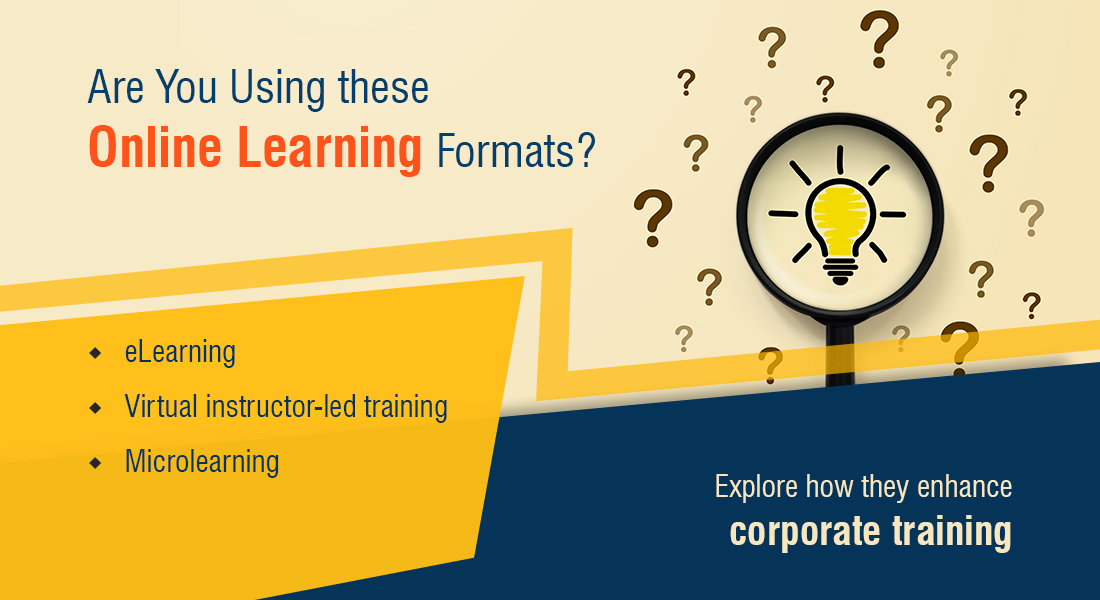4 Emerging Trends in Video-based Learning

In the present day and generation, videos have become an indispensable part of learning. There is a significant demand for video-based learning in the Learning and Development sector. Various studies have established that the millennial generation prefers watching videos over reading manuals and documents. There are numerous reasons for that, the primary being the pervasiveness of videos. Videos add life to concepts and make eLearning engaging and effective. Videos support on-demand bite-sized microlearning. They also teach how to perform a job/activity at the moment of need. In this blog, we will discuss a few emerging trends in video-based eLearning and how it can be the future of eLearning.
→ Download Now: Instructional Design Strategies to Design Engaging eLearning Courses
1. Microlearning Video Nuggets
Microlearning nuggets are the best solution to information overload. Nuggets are useful to dispense important information in spaced intervals, that help learners reinforce learning. Short videos and microlearning go hand-in-hand, making them a perfect pair. The short duration provides learning support in the hour of need, and is also easily accessible on mobile devices.
Microlearning is one of the best mediums of learning for millennial learners. It is estimated that approximately 70 to 75% of millennials log on to YouTube every month, for any requirement, be it for ‘how to’ videos, explainer videos, or looking for videos to answer their queries. The short duration of these videos is quite appealing to the limited attention spans of learners. Videos can be designed and delivered in various rich media formats, and with this learner-centric approach, just-in-time training can be made available on multiple devices. Mobile accessibility is another major positive point that makes it on top the list.
2. 360 Degree Videos
How would you like to go on a fieldtrip, without having to actually go to the designated place? Puzzled? Well, a 360 degree video can present you with the learning experience of a lifetime with virtual reality. One of the most interesting ways videos can be used in learning is producing a 360-degree online training video. The production of a 360-degree video requires a special camera system and software, which transmutes any raw footage into a spherical viewing experience. It has the ability to transform ANY concept into a memorable online training experience.
Check out this video to understand what a 360-degree video means. With a 360-degree video, learners will be able to associate better as it provides an immersive learning experience and engages learners with the surroundings. With virtual reality, learners are transported to the actual learning environment, which enriches them with a multifarious learning experience. Learners can understand complex subjects, theories, or concepts with ease. It also provides an active, rather than a passive learning environment, which in-turn helps embed learning.

Instructional Design Strategies to Design Engaging eLearning Courses
Design Learner-Centric eLearning
- Importance of ID Strategies in eLearning
- Parameters to Select the Right ID Strategy
- ID Strategies for Effective Results
- Case Studies
3. Interactive Learner Experiences
Adults look for relevance in any training program. They look at how a course would benefit them and how they would be upskilled. Therefore, while developing training programs for adult learners, ensure the content is relevant, so that they are able to see what is in it for them. Keep in mind the presentation of the content, and choose the right kind of graphics and media relevant to the context.
Training videos don’t have to be a one-way street. Keep learning videos as interactive as possible. Include activities, assignments, assessments, etc., that allow learners to explore the subject matter on their own. This will motivate them to be more engrossed in learning. You can include interactive elements such as annotations or gamify your videos, to add that little fun. Pose questions at the end of every chapter or segment and direct them to the right path in case they go wrong. When they explore on their own, they are more prone to retain what they have learned and can reinforce the same in their day-to-day activities.
4. Video-Based Branching Narratives
Learning is humongous and if you wish to keep your learners engaged, you need to make your videos interesting. One way to do that is by providing learners with multiple interactive points and choices. The best solution for this is video-based branching narratives. Through branching narratives, the learner is prompted to make a decision to proceed further with the story. Based on each decision, the story unfolds and takes shape. It makes the learner perceive both the positive and negative outcomes of the story presented.
These are just a few emerging trends in video-based learning. I hope this article helped you understand what’s trending in the video-based learning space. Do check our other blogs to know more about video-based learning.
Happy Reading!





